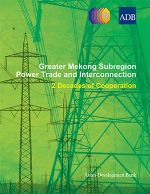
Greater Mekong Subregion Power Trade and Interconnection
This publication is a historical summary of progress made in energy cooperation in the GMS since the beginning of the economic cooperation program in 1992.

This publication is a historical summary of progress made in energy cooperation in the GMS since the beginning of the economic cooperation program in 1992.
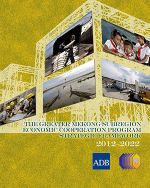
The Greater Mekong Subregion Strategic Framework 2012–2022 builds on the substantial progress the GMS program has made and the likely global and regional trends.
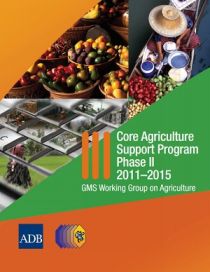
A more integrated, harmonious, prosperous, and equitable Greater Mekong Subregion requires agriculture to be the lead contributing sector. Regional cooperation in the agriculture sector is guided by the Core Agriculture Support Program (CASP), which is implemented by the Working Group on Agriculture.
Under CASP Phase I (2006-2010), GMS member countries expanded agriculture trading, resulting in sizable gains in the global market.
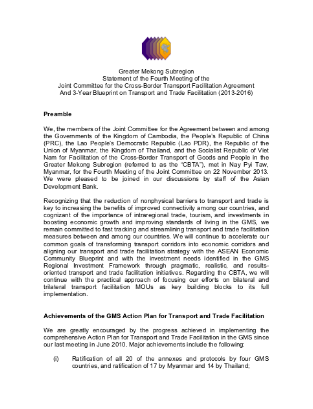
This is the statement issued by the Joint Committee for the Cross-Border Transport Facilitation Agreement during its fourth meeting in Nay Pyi Taw, Myanmar on 22 November 2013.
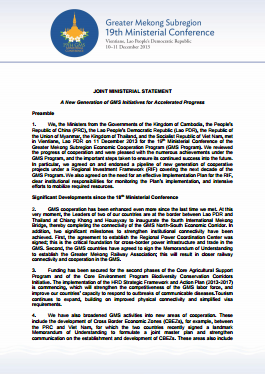
Ministers from the governments of Cambodia, the People’s Republic of China, the Lao People’s Democratic Republic, Myanmar, Thailand, and Viet Nam, met in Vientiane, Lao PDR on 11 December 2013 for the 19th Ministerial Conference of the Greater Mekong Subregion Economic Cooperation Program.
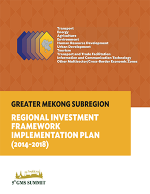
The Regional Investment Framework Implementation Plan, 2014-2018 identified a pipeline of 93 high-priority projects from among the more than 200 projects included in the Greater Mekong Subregion Regional Investment Framework, 2013-2022.
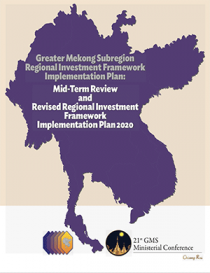
The report discusses the status of priority projects in the Greater Mekong Subregion as of 30 June 2016. It also contains the Revised Regional Investment Framework Implementation Plan 2020.
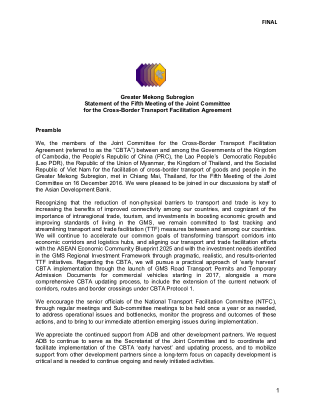
This was the statement issued by the Joint Committee for the Cross-Border Transport Facilitation Agreement in Chiang Mai, Thailand on 16 December 2016.
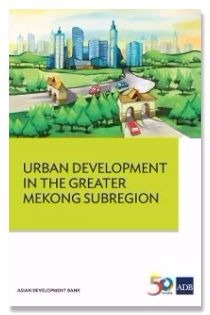
Urbanization is set to play an ever greater role in the development of the Greater Mekong Subregion (GMS) countries, transforming their economies and providing support to green economic growth.

This second progress report provides the status of the Greater Mekong Subregion Regional Investment Framework Implementation Plan as of 31 December 2015, for all sectors, both investment and technical assistance projects.